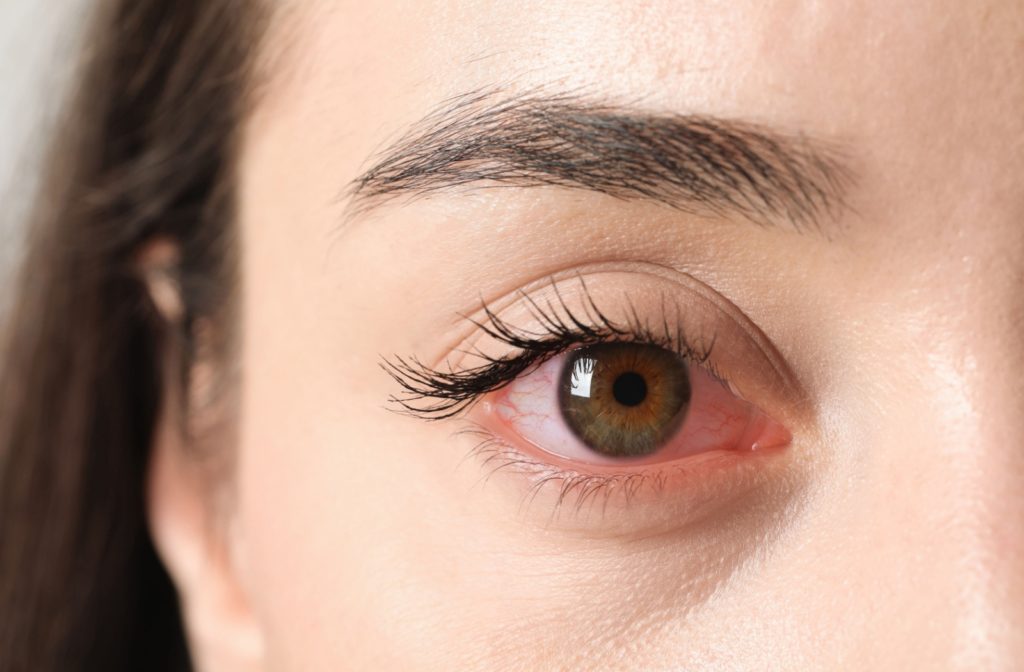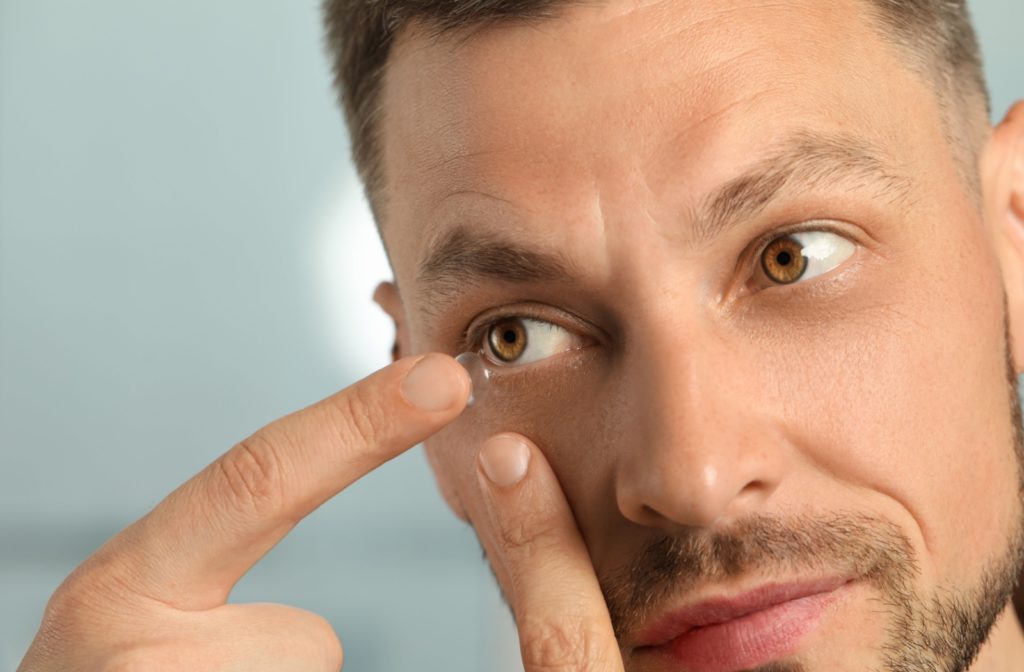Contact lenses offer both convenience and comfort. But how long is too long when it comes to wearing contacts?
While wearing times may vary by lens type, generally, most eye care professionals recommend wearing contact lenses for no more than 8—16 hours at a stretch.
Overwearing contacts—even if they feel fine—can lead to eye strain, irritation, dryness, or even infection. Knowing your ideal wear time can make all the difference in keeping your eyes safe and your vision clear.
Types of Contact Lenses
There are several types of contact lenses, each suited to different lifestyles and eye conditions. The most common types include:
- Soft lenses
- Rigid gas permeable (RGP) lenses
- Hybrid lenses
Soft lenses, made of flexible plastics, are popular for their immediate comfort and ease of use. They’re often available in daily, weekly, or monthly disposables.
RGP lenses, while less flexible, offer sharper vision and are more durable. They’re ideal for individuals with specific vision problems or who prefer a longer-lasting lens.
Hybrid lenses combine the comfort of soft lenses with the clarity of RGP lenses, catering to users seeking the best of both worlds.
Recommended Wear Time For Contact Lenses
How long you can safely wear a given lens depends on the type of lens and your eye health. Most eye care professionals typically advise wearing contact lenses for a maximum of 8—16 hours at a time.
Adhering to this limit helps minimize the risk of eye irritation and dryness that prolonged wear might induce. It’s important to give your eyes time to breathe by taking breaks from lens use while sleeping, particularly if you wear contact lenses with lower oxygen permeability.
If you feel discomfort while wearing your lenses, talk to an eye doctor to make sure your eyes are healthy.
When Should You Replace Your Contacts?
Different types of contact lenses come with varying guidelines for replacement:
- Daily disposable lenses, as the name suggests, are designed for single-day use. They offer the convenience of not needing a cleaning routine, but they have to be discarded after use.
- Weekly or bi-weekly lenses can typically be worn for up to 14 days but require nightly cleaning and storage.
- Monthly lenses are engineered for up to 30 days of use. However, they need daily cleaning and should be stored in a clean lens case overnight.
- RGP (Rigid Gas Permeable) lenses can typically be worn for an extended period, often up to 2—3 years, depending on your care routine.
- Hybrid lenses, which combine a hard center with a soft outer ring, can usually be worn for up to 30 days before needing replacement.
It’s important to adhere strictly to the recommended wear time for your lens type to prevent discomfort or infections.
Signs It’s Time to Remove Your Lenses
Wearing contact lenses for too long can lead to discomfort and potential eye health issues. Watch out for signs that it’s time to remove your lenses, such as:
- Redness
- Irritation
- Dryness
If your vision becomes blurred or you experience unexplained tearing, this is a signal to take out your lenses immediately. Should you notice any swelling or sensitivity to light, these could be indicators of an eye infection.
It’s important to remove your lenses and consult with an eye care professional if these symptoms persist. Listening to your eyes can save you from more serious complications down the road.

Tips for Healthy Contact Lens Wear
Maintaining healthy contact lens habits involves more than just following the wear time guidelines.
- Always wash your hands thoroughly before handling your lenses to prevent transferring bacteria.
- Use fresh lens solution daily and never reuse old solution, as this can harbor germs.
- Regularly replace your lens case every three months to keep it clean.
- Avoid wearing your lenses while swimming or sleeping unless they’ve been specifically designed for these activities.
These small practices can greatly enhance your lens-wearing experience and keep your eyes in top shape.
The Importance of Regular Eye Exams
Eye exams are vital for anyone who wears contact lenses. Regular check-ups help ensure that your prescription is up-to-date and that your lenses fit properly.
Eye exams also allow professionals to detect any early signs of complications, which can be addressed before they develop into serious problems.
Typically, it’s recommended that you visit your eye care professional at least once a year. If you experience frequent discomfort or changes in vision, don’t wait until your annual appointment to seek advice.
Prioritize Your Eye Health
Contact lenses offer a blend of convenience and clarity, making them a popular choice for vision correction. By understanding the right wear time and practices, you can enjoy all the benefits they offer with minimal risk.
Taking care of your eye health is important, and being proactive keeps your eyes in good shape. If you have questions or want to know more, feel free to book an appointment with Total Vision Richmond.


